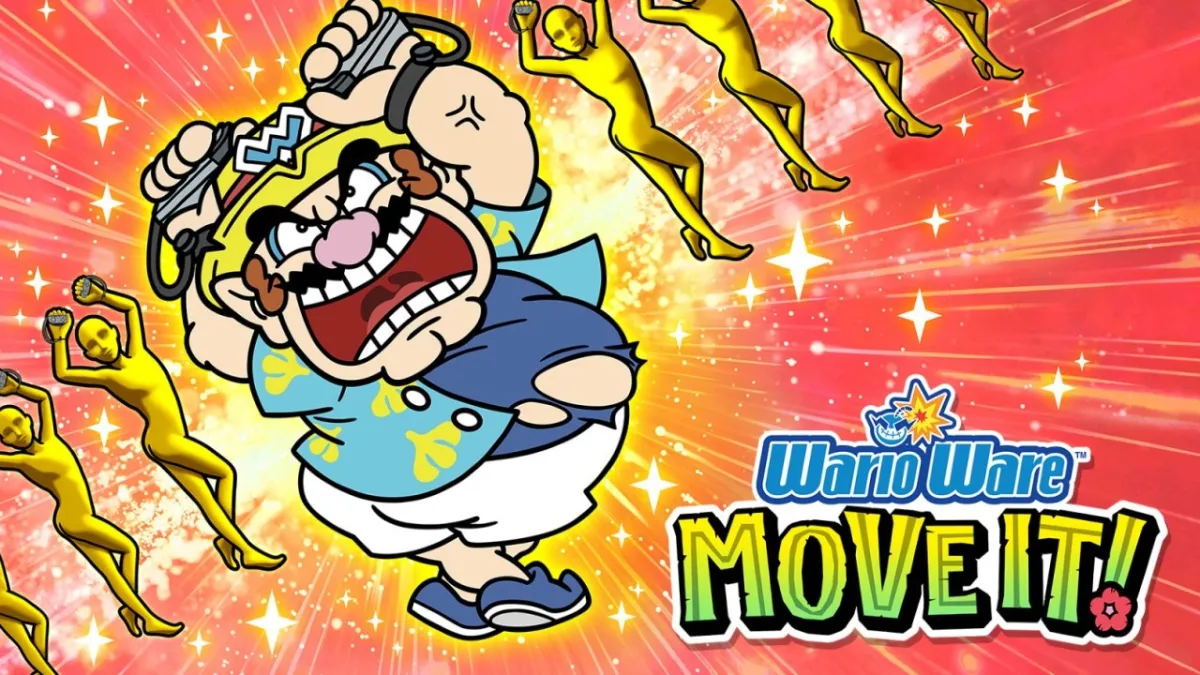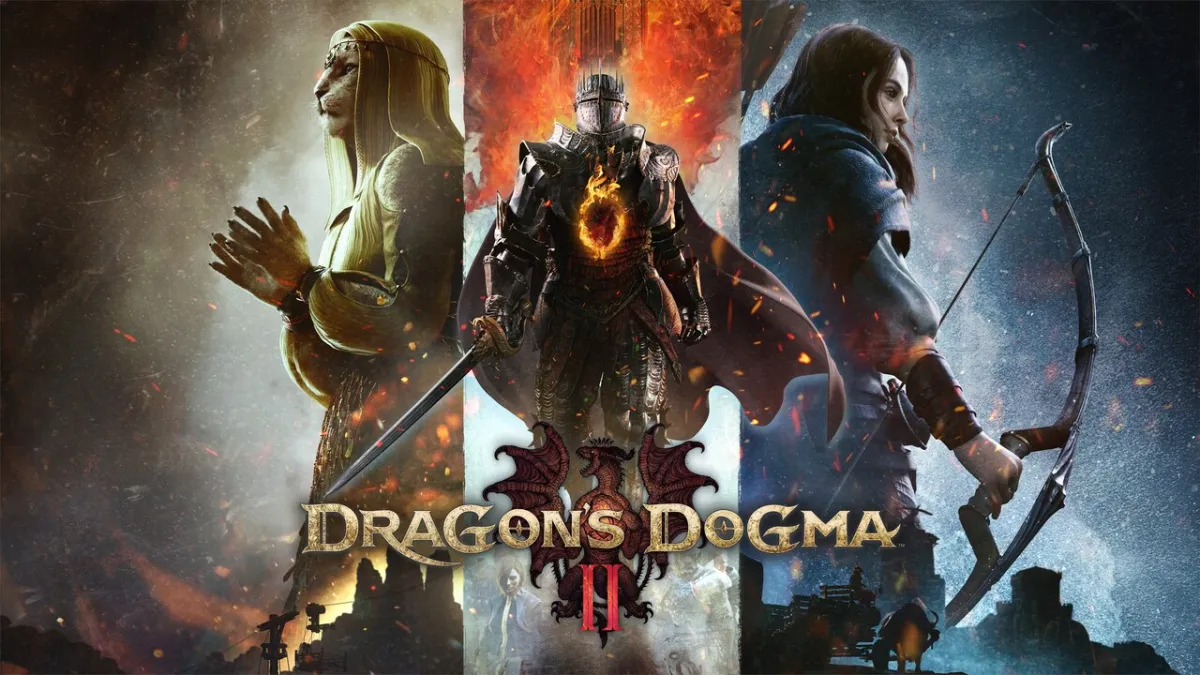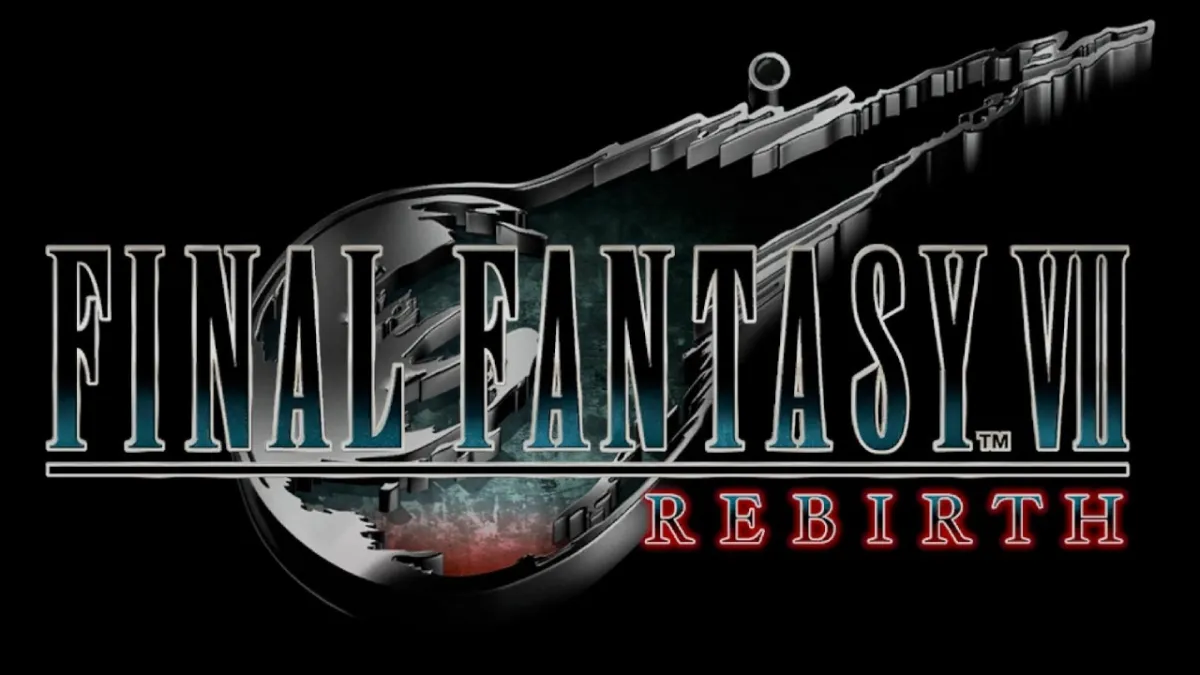One of my fondest memories from the Wii era was playing WarioWare: Smooth Moves with my family. While plenty of WarioWare titles have come and gone, none have yet to truly encapsulate the traditional WarioWare feel. Could WarioWare: Move It! be the sequel we’ve been looking for?
After over sixteen years, the WarioWare series has returned to its original roots of nothing but fast-paced microgames and charming cutscenes involving its colorful cast of characters. Like Smooth Moves, Move It’s gameplay revolves around motion controls, swapping the rudimentary Wii Remote for the relatively untapped potential of the Joy-Con.

WarioWare: Move It! utilizes the Joy-Con to their full ability in over 200 microgames, featuring some of the best the franchise offers. Don’t expect to sit down and waggle your controller a few times; you’ll be using your entire body to lay eggs, sear steak, escape from jail, and even pet a Nintendog.
When I say your entire body, I mean your entire body. There are multiple microgames that use your butt, some that require you to jump, and even a Fire Emblem-themed microgame that uses the IR sensor to pretend Alear is placing a ring on your finger. They certainly didn’t call it “Move It” for no reason.
Strike a Pose! — WarioWare: Move It! Gameplay & Story Mode
Every microgame uses a specific form: a pose the player needs to copy to play the microgame. For example, the Gift Giver form asks you to hold both Joy-Con face-yp in your palm without gripping them. This is used for microgames such as Teeter Trays, which has you balance two trays, or Witch’s Brew, in which you must place an ingredient in the pot by literally dropping a Joy-Con. Remember to use straps!
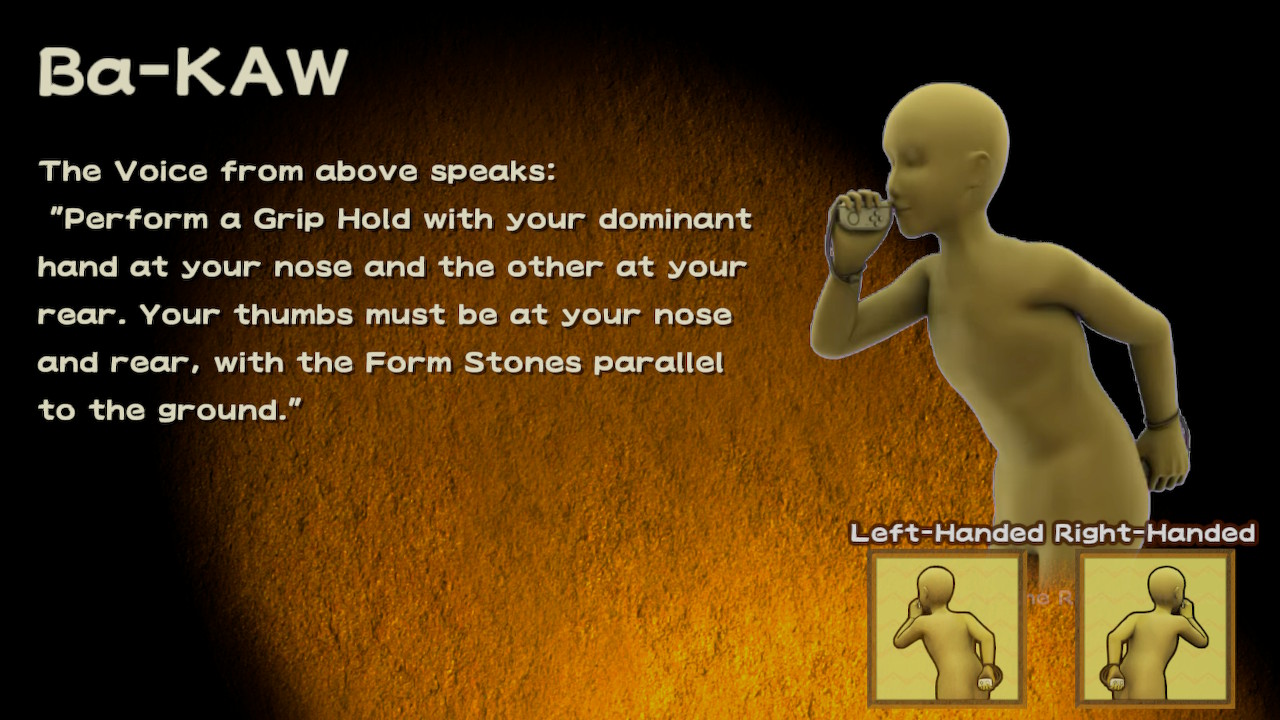
WarioWare has two main modes: Story and Party, with a third mode unlocked after beating the game that I’ll talk about later. Story mode consists of thirteen stages revolving around the WarioWare gang’s trip to the tropical Caresaway Island rather than the usual Diamond City setting. Despite most characters sporting new summery outfits, Wario does not take his shirt off. Sorry to disappoint some of you.
After a voice-acted animated cutscene, players need to complete a series of rapid microgames to aid the cast in their antics — whether that’s battling buff penguins or traveling back in time to pose for an artistic caveman.

Each stage revolves around 1-3 poses, with the brilliant Keith Silverstein explaining each pose and their “lore” the first time you encounter them. While I initially thought frequently switching poses would break the flow and cause microgames to feel too similar, I was pleasantly surprised to find the opposite effect. Once you’ve learned the Forms, it’s easier than ever to understand how to play a microgame instantly, and, for the most part, each game feels unique.
The finale for each stage has an extended “boss” microgame revolving around one form. My favorite was Griddlebot, which had me place both Joy-Con on a flat surface to cook steak on a conveyor belt. As a piece of stake passed my on-screen hand, I had to pick up the corresponding Joy-Con to sear the steak. When it was done, I also had to pick it up and plate it. Simple but fun and effective.
Related: Who Voices Wario in WarioWare: Move It? | All WarioWare: Move It! Voice Actors
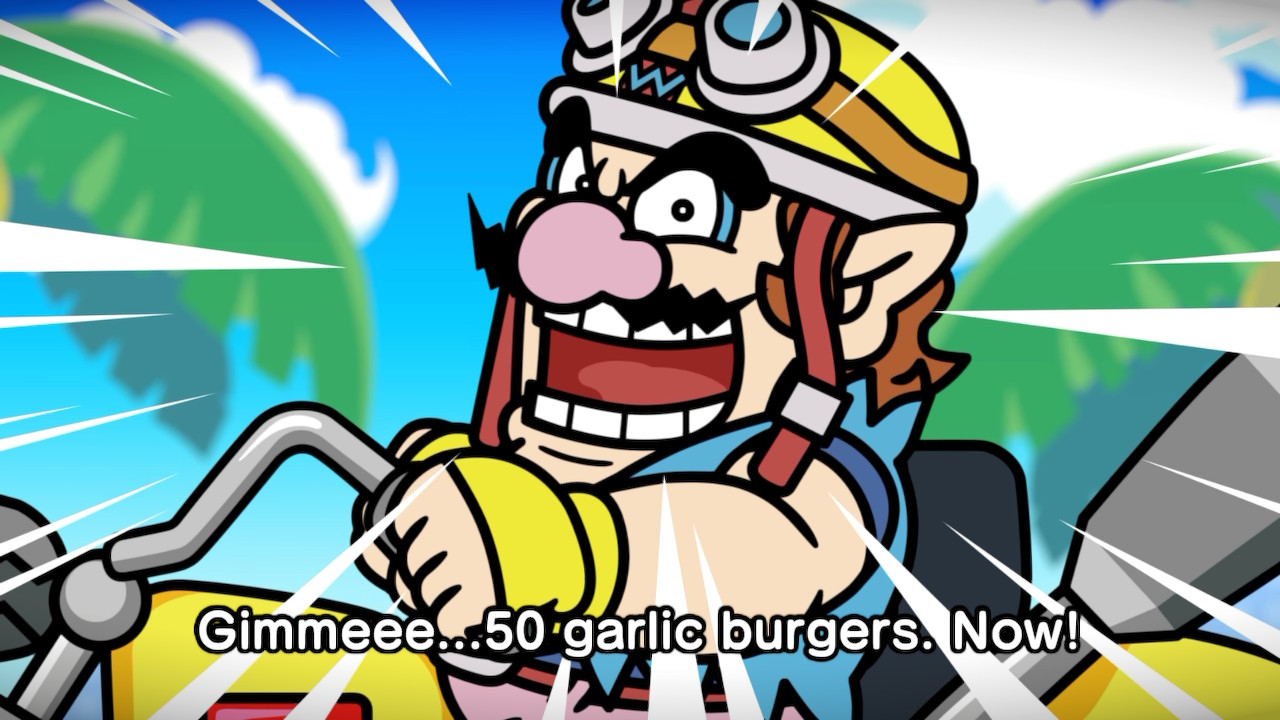
WarioWare: Move It!’s Story was absurd and wonderful, but that experience only lasted around two hours before I reached the credits. I still had about 65 microgames I’d yet to experience, so replaying stages is necessary if you want to appreciate everything Move It! offers. Revisiting stages include more difficult versions of microgames, as well as introducing ones you missed in your original playthrough.
Even so, replaying Story stages only adds an extra hour or two to the game. If you don’t intend to play multiplayer or don’t enjoy it, you aren’t getting a great bang for your buck at the standard retail price.
Story Co-Op
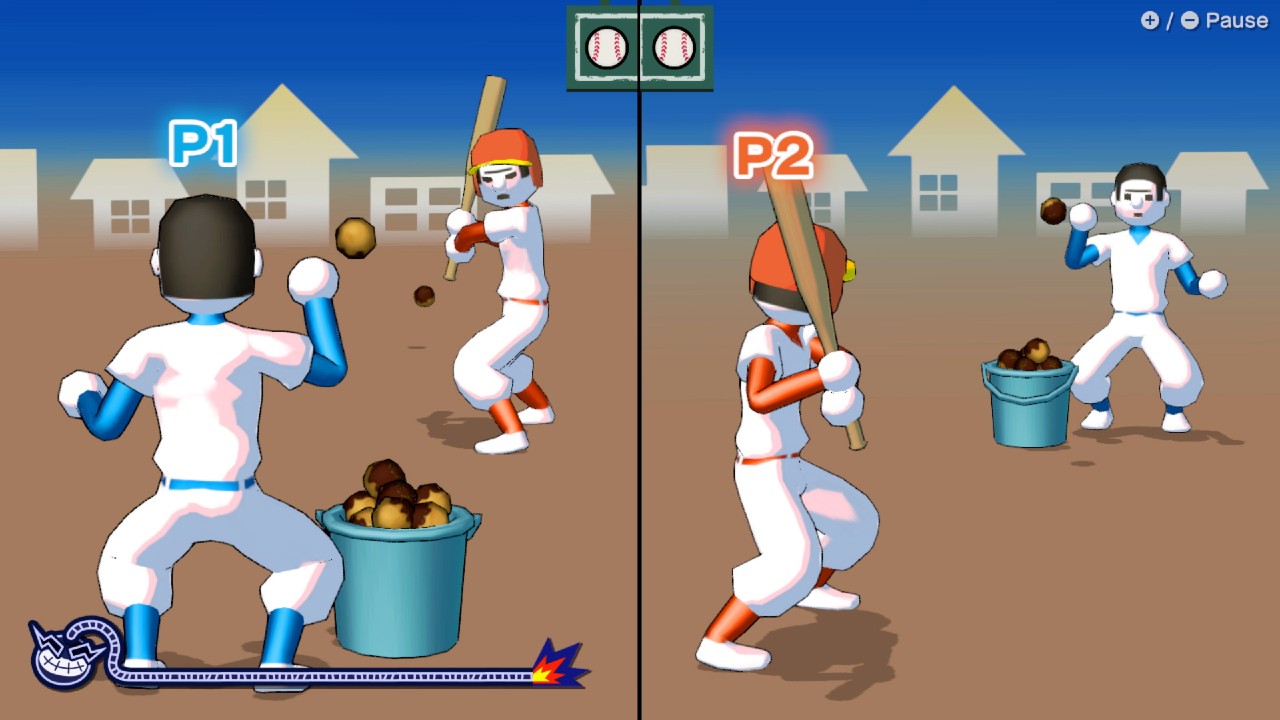
Story mode can be tackled alone with two Joy-Con or in two-player local co-op with four. There are three exclusive “stages” on the map that can only be played in multiplayer due to their gimmicks. For example, the Switching Gear stage has one player try to prevent a contraption from blocking the view of the other player’s microgame.
These modes are the closest thing you’ll get to traditional WarioWare multiplayer, as I’ll get into later, but the mandatory use of Forms is a significant downside when playing with new players. I invited my partner to test out these multiplayer stages, resulting in us switching to Party mode about five minutes later due to her having no clue how to play the microgames.
As much as Forms is done brilliantly in single-player, you’ll struggle to have a good time in Story’s multiplayer unless your player-two has been learning Forms alongside you. You won’t be able to whip Story mode out at a party or in the living room after Christmas dinner — that’s what Party mode is for.
Wario Party — Multiplayer

If you don’t want your friends (or significant other) to immediately hate you when you explain they just failed a microgame because they didn’t pose like a chicken, Party mode is your go-to option in WarioWare: Move It!
Party supports up to four players, each needing only a single Joy-Con. Forms are still used, but only a handful of simple ones. The game also ensures each player holds their Joy-Con correctly before each microgame.
Party Modes
Party has five modes: Galactic Conquest, Listen to the Doctor, Medusa March, Go the Distance, and The “Who’s in Control?” Show.
In Galactic Conquest, every player plays a microgame simultaneously, and the winner gets to roll a die to move around a small board. You’ll earn points as you play microgames and land on specific tiles. Once a player reaches the final tile, the player with the most points wins. The trouble with this is that the last tile awards 100 points, which typically means the player who reaches the end is the one who wins, regardless of how well others did. Sorry, Wario — you have nothing on Mario Party just yet.
In Listen to the Doctor, players take turns playing microgames while following absurd instructions from the doctor. For example, wiggling your eyebrows, shouting out your favorite food, or “using the wall as a chair.” If you did what the doctor ordered, the other player(s) can shake their Joy-Con to give you an extra point.

Medusa March has players clearing microgames to get close to Medusa, with the first player to reach her being crowned the winner. If she turns around, you must stand completely still to avoid being petrified. This one is interesting in concept but fails in its execution. We had multiple instances of players being frozen without moving a muscle.
If you’re only in the mood for microgames without gimmicks, Go the Distance is for you. Every player has four lives and loses one whenever they fail a microgame. Simple, clean, and the closest to traditional WarioWare without playing Story mode.

Finally, The “Who’s in Control?” Show is a four-player-only mode based around deception. Two people are chosen to “play” a microgame, but only one player is actually controlling anything. The other players must guess which player played the microgame to score points.
You also unlock Copycat Mirror once you’ve beaten the game, which is considered its own mode separate from Story and Party. One player faces the TV without Joy-Con, while the player with Joy-Con faces the opposite direction. The player with the Joy-Con has to mirror the moves of the person watching the screen to succeed. An intriguing idea that works surprisingly well.
The Motion Control Curse

I had no issue with WarioWare: Move It!’s motion controls until I jumped into the multiplayer. In both co-op Story and Party, we noticed that some microgames wouldn’t register movement properly, causing more frustration than fun.
As much as it pains me to say this, I wasn’t able to find much enjoyment in WarioWare: Move It!’s dedicated multiplayer mode. There’s certainly fun to be had, but what’s there doesn’t last long. Whether it’s due to the limitations or repetitiveness of Party’s modes or the frustration that comes with Joy-Con motion controls, Wario isn’t replacing his rival’s spinoff titles anytime soon.
Conclusion
WarioWare: Move It! utilizes the Joy-Con to its full potential, delivering the quick-paced, quirky fun you’d expect from such a brilliant franchise. While Story mode is a blast, the game only offers a few hours of content outside its clever but somewhat disappointing multiplayer. Move It! won’t replace a certain red-hatted plumber’s party and family game staples any time soon, but Intelligent System’s creativity is something to be applauded. To the “once a year at Christmas” pile you go, Wario.


